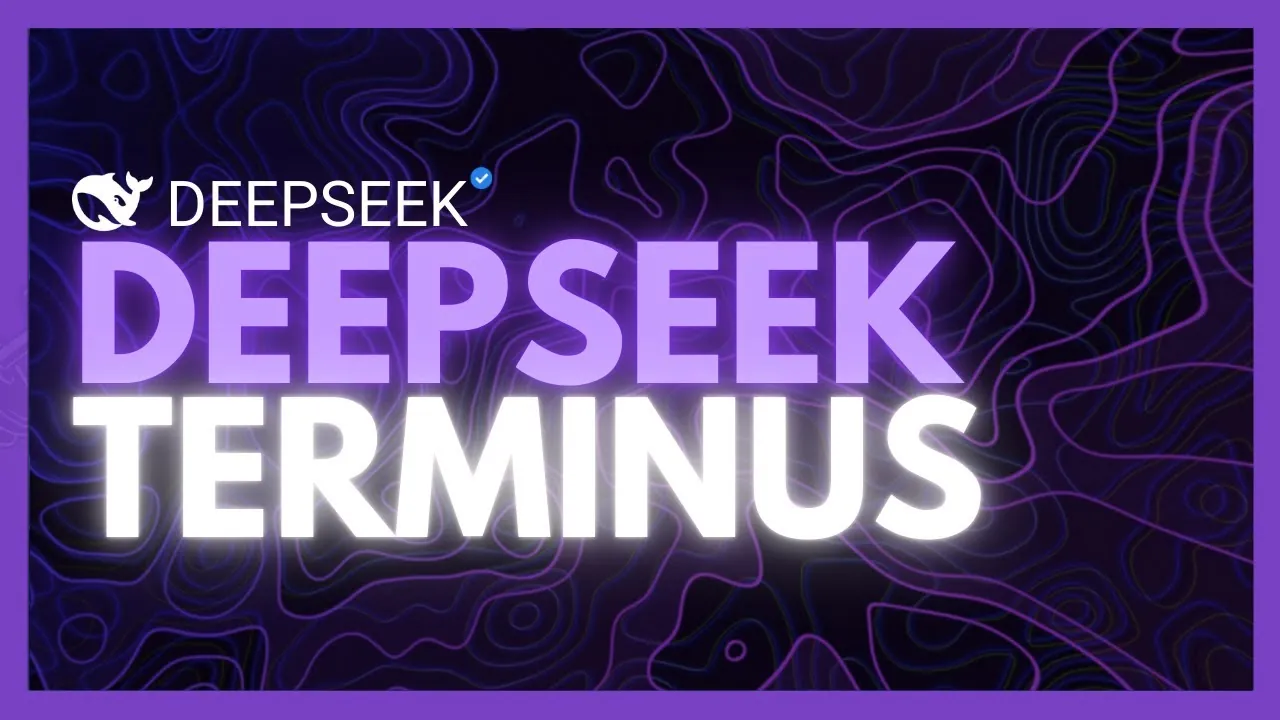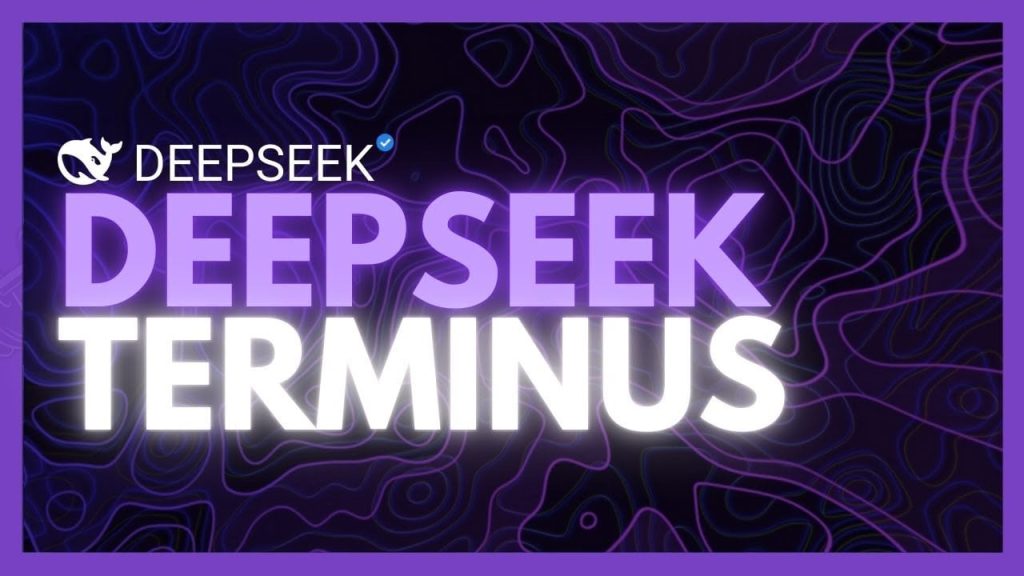
What defines a truly dependable AI model in today’s rapidly evolving tech landscape? With the release of DeepSeek V3.1 Terminus, developers are presented with a tool that prioritizes stability, reasoning, and cost efficiency over flashy, new innovations. This update doesn’t aim to transform the field but instead refines the core functionalities that matter most to those who rely on AI for practical, high-stakes applications. From enhanced reasoning capabilities to improved agent-based task performance, DeepSeek V3.1 Terminus positions itself as a workhorse model, one built for reliability rather than spectacle. But does this focus on refinement come at the cost of innovation?
In this overview, World of AI explores how DeepSeek V3.1 Terminus balances its strengths and trade-offs, offering developers a versatile yet imperfect tool for a variety of use cases. You’ll discover how its expanded context window and cost-efficient pricing make it an attractive option for large-scale projects, while its performance in creative and precision-based tasks reveals areas for growth. Whether you’re curious about its ability to generate functional prototypes or intrigued by its mixed results in game development, this analysis will unpack the nuances of a model that’s as pragmatic as it is ambitious. Sometimes, the real story lies not in perfection but in the pursuit of balance.
DeepSeek V3.1 Overview
TL;DR Key Takeaways :
DeepSeek V3.1 Terminus focuses on enhanced reasoning, stability, and cost efficiency, making it a reliable and practical AI model for developers.
Performance improvements include better reasoning scores and gains in tool-use benchmarks, though some trade-offs have led to minor declines in specific areas like Code Force and ADR Polygon.
The model demonstrates versatility, excelling in tasks like SaaS generation, browser prototyping, and game development, but shows inconsistencies in creative outputs requiring high precision.
Cost efficiency is a standout feature, with competitive pricing and an expanded context window, making it suitable for handling large datasets and generating detailed outputs.
Accessible through multiple integration channels, DeepSeek V3.1 Terminus is a dependable and budget-friendly option for developers, despite some limitations in creative and reasoning tasks.
Performance Enhancements: Sharpening Core Functionalities
DeepSeek V3.1 Terminus delivers measurable advancements in reasoning and agent-based tasks, reinforcing its position as a reliable tool for developers. The model exhibits greater consistency in language generation, making sure coherent and contextually accurate outputs. These improvements make it particularly suitable for applications requiring precision and contextual understanding. Additionally, upgrades to code and search agents enhance task execution efficiency, while stability improvements ensure smoother performance across diverse use cases.
Key benchmarks underscore these enhancements:
Improved reasoning scores, particularly in the MMLU humanities benchmark, demonstrating its ability to tackle complex problem-solving tasks with greater accuracy.
Notable gains in tool-use benchmarks, such as Sway Verified and Terminal Bench, highlighting its practical utility in real-world applications.
However, these advancements are accompanied by trade-offs. Performance in benchmarks like Code Force and ADR Polygon has slightly declined, reflecting the inherent difficulty of optimizing resource efficiency without compromising output quality. These results emphasize the need for a balanced approach to model refinement.
Capabilities and Testing: Versatility in Action
Extensive testing of DeepSeek V3.1 Terminus across diverse scenarios reveals its adaptability and versatility. The model has successfully completed a range of tasks, including generating structured SaaS landing pages with minimal errors and developing functional browser prototypes. These achievements demonstrate its ability to handle complex design and development challenges effectively.
In creative applications, the model’s performance has been mixed. For example:
It successfully generated SVG code for a butterfly, though the precision of the output was inconsistent.
It created a partially functional Minecraft clone, complete with sound effects and basic block placement, showcasing its potential in game development despite some limitations in execution.
These results position DeepSeek V3.1 Terminus as a versatile tool for developers. However, the inconsistencies in creative outputs suggest that further refinement is necessary to enhance its reliability in artistic and design-oriented tasks. This highlights the model’s potential for improvement in areas requiring high precision and creativity.
DeepSeek V3.1 Terminus (Fully Tested)
Here is a selection of other guides from our extensive library of content you may find of interest on DeepSeek AI models.
Cost Efficiency and Accessibility: A Developer-Friendly Model
One of the standout features of DeepSeek V3.1 Terminus is its exceptional cost efficiency. With pricing set at $0.27 per 1 million input tokens and $1 per 1 million output tokens, it provides a budget-conscious solution for developers seeking high-performing AI tools. The model’s expanded context window of 131,000 tokens, coupled with a maximum output of 65,600 tokens, allows it to process and generate extensive content effectively, making it suitable for tasks that require handling large datasets or generating detailed outputs.
Accessibility further enhances its appeal. Developers can seamlessly integrate the model into their workflows through multiple channels, including DeepSeek’s chatbot, API, and external platforms like OpenRouter. This flexibility ensures that the model can adapt to a variety of development environments, catering to both individual developers and larger teams.
Limitations and Optimization Trade-Offs
Despite its strengths, DeepSeek V3.1 Terminus is not without limitations. Inconsistencies in reasoning and creative outputs remain, particularly in tasks requiring high precision or artistic nuance. Additionally, the optimization trade-offs aimed at improving cost efficiency and stability have led to slight declines in performance for certain benchmarks, such as Code Force and ADR Polygon. These challenges highlight the complexity of balancing innovation with practical usability, underscoring the need for ongoing refinement to address these shortcomings.
Use Case Suitability: A Reliable Tool for Developers
DeepSeek V3.1 Terminus is a dependable choice for developers seeking a cost-effective and high-performing AI model. Its strong reasoning capabilities and agentic performance make it well-suited for a wide range of applications, including:
SaaS generation, where its ability to produce structured and accurate outputs is particularly valuable.
Browser prototyping, using its precision and adaptability to create functional prototypes efficiently.
Game development, where its potential for generating interactive elements and basic functionality is evident.
While the model may not excel in every benchmark, its overall reliability, affordability, and versatility make it a compelling option for developers working on diverse projects. Its ability to balance cost efficiency with performance ensures its relevance in a competitive AI landscape.
Media Credit: WorldofAI
Filed Under: AI, Top News
Latest Geeky Gadgets Deals
Disclosure: Some of our articles include affiliate links. If you buy something through one of these links, Geeky Gadgets may earn an affiliate commission. Learn about our Disclosure Policy.

